The Virtual Museum: a new window on brands
The Virtual Museum is still in its early stages. Yet, it already proposes solutions to companies that are willing to share in a new way with their customers, fans or students and willing to assert themselves through a communication close to their true values.
Industrial tourism
For many people, blending the labor world with the guided tour is necessarily synonymous with:
- Ecomuseums, traditional museums: ever the same, with outdated activities very often.
- Museums of ancient companies.
The company museum seems to imply that the company is closed or nearly so. Yet, there is a true public for companies: the public wants to see and learn. In 2006, 6.5 million people visited an industrial site, according to Atout France.
But the company visit induces many problems: the safety of visitors, of employees, the safety of products, the respect of standards (especially for the food industry), and the protection against industrial espionage. Meanwhile, the staff has to work…
Besides, the company men often wish to offer more than mere industrial tourism and workshop visit.
A company comes from a person’s impulse; it is a human adventure; it often has many links with the crafts industry, it has many skills and knowledge to talk about and share. Beyond the trade aspect, a company is also personal pride, actions on the territorial, human levels (most of the time, the company is merged into corporate social responsibility. In brief, it is an achievement wanting a blessing only.
The company museum
According to Bernard Deloche, it is the Museum that gives art its sacredness, particularly because of all the bans surrounding the exhibited piece (do not touch, do not take pictures).
Yet the company museum also poses many problems: it is often very expensive to run, it stands on a unique site. It often is the project of a man: what does it become when the man leaves? Making it evolve and live are equally true concerns for companies or brands that develop continuously.
The Virtual Museum
The Virtual Museum is the answer to many concerns. It could be seen anyway as the reappearance of the dematerialized museum, of André Malraux’s “imaginary museum”.
The Virtual Museum was born from the concern of the Museums heritage conservation. Their concern went through the following stages:
– First: Microfilms and microfiches
– Then: CD-Rom and DVD-Rom (which allowed the opening of files to the public; the idea of a “take away museum” arose at this time)
– Eventually: the Internet.
So, the first great steps in the Virtual Museum come from the artistic world. We can actually notice Google’s initiative with its Art Project, launched in February 2011.
And the sites dedicated to products. They are the work of fans, presented like online collections (ie: www.museeabsinthe.com).
On brand or company sites, we are now used to their:
– chronology
– saga
– gallery (images, products) pages
Beyond these corporate historical pages, we can notice the efforts of some companies to work their way up to a Virtual Museum:
A rich History section (enriched for the 200 years anniversary): videos, book presentation, know-how, products… and the gallery – chronology of its symbol: the lion.
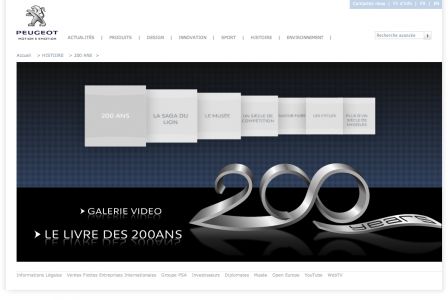
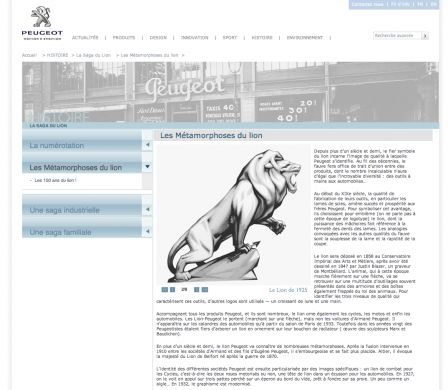
Beyond the images and products galleries, the biographies and special events of the brand, Audi also offers videos.
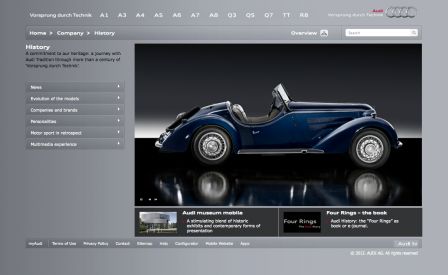
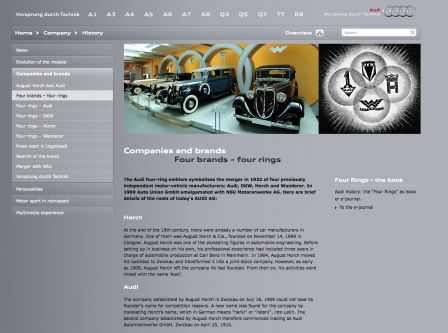
It is even possible to have a quick view of the real museum thanks to a 360° vision of each floor.
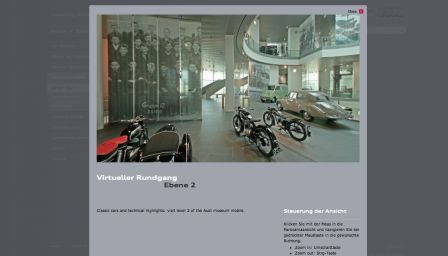
- Bière Sedan: http://www.biere-sedan.fr/indexpc.php?idp=16
Its virtual museum is quite old-fashioned. It presents a very classical gallery of by-products: beer-mats, labels, trays, etc.

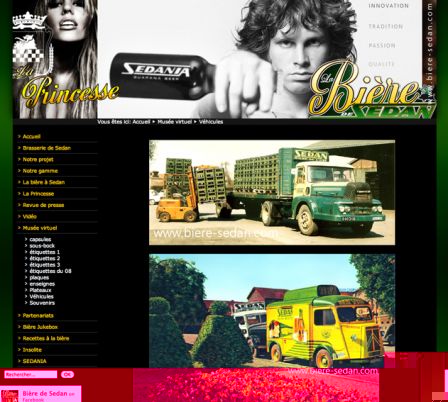
With a typically Japanese organization, the brand takes no risk with the browsing and novelties, yet it shows beautiful galleries.
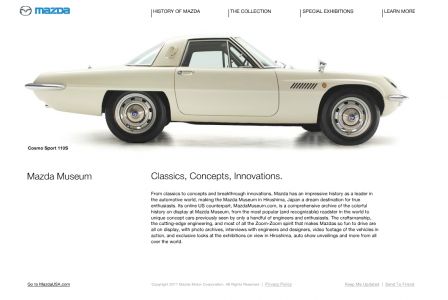

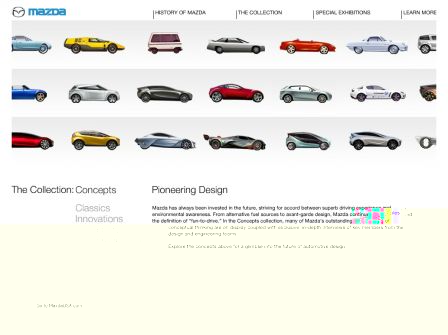
The site is actually the virtual part of the real museum. Functionalities are simple, but everything is turned toward knowledge. Pictures with captions, long texts: a classical but didactic approach.
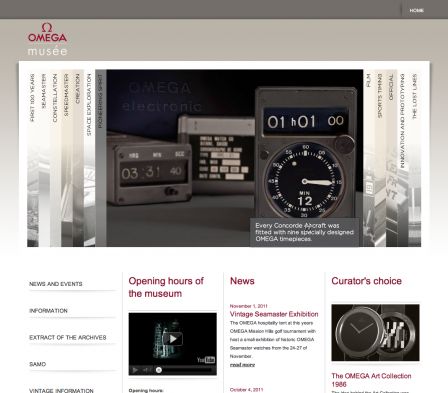
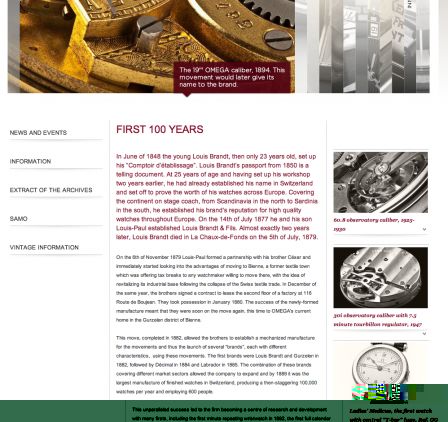
From design to art, it just takes a step. Roche Bobois wants to be considered a publisher with this Virtual Museum elaborated for the brand’s recent anniversary. Thought as a long chronology, it invites the Net surfer to discover each year’s key-products conceived with designers. For each piece, a short text and a picture appear in a pop-up window.
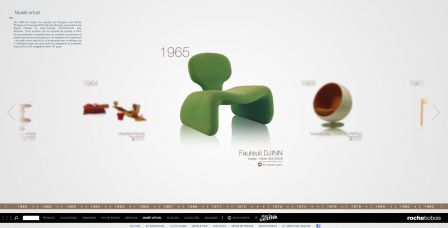

The brand also chose a chronological presentation with a key-image and a short text for each date.

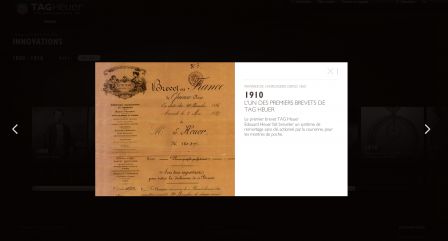
The brand presents a universe revolving round a key-vehicle for each decade. Blending black & white and color, company life and communication, texts, pictures and videos, it suffuses each one of its “eras” with a lively and playful atmosphere.


The company offers a rich site in constant evolution. It appropriates the global themes of the magical universe of aviation. Therefore, it illustrates and announces exhibitions, parties, events, a rich multimedia database and many themes (the Paris-Dakar line, the designers, Le Bourget, hangars, etc.)
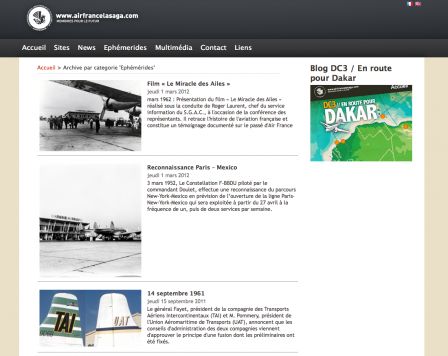
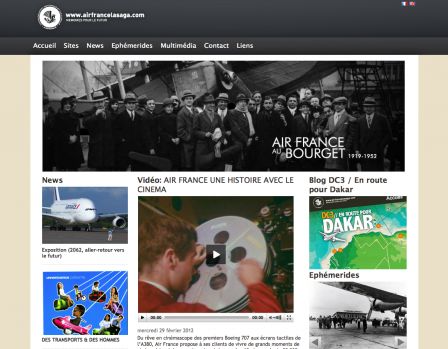
- Gaumont: http://www.gaumont-le-musee.fr/
The site can lack of attractiveness and browsing is not so simple, but this is about cinema! Gaumont apparently conceived this virtual museum as the opening of its huge archives to public, so as a means to share.
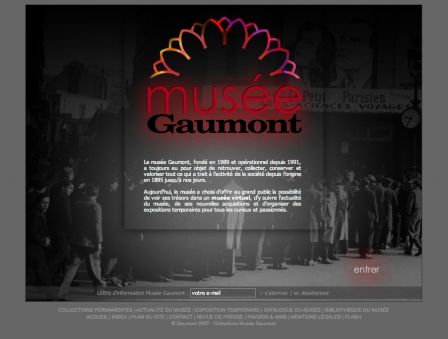
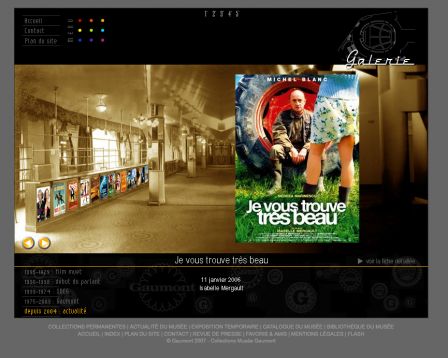
- La Mutualité Française: http://www.musee.mutualite.fr/musee/musee-mutualite.nsf/windex
The company did understand the word Museum. It takes advantage of it in a site that is to be visited as a large building. The aesthetics is not attractive but we can’t miss the precision and organization of the information displayed.
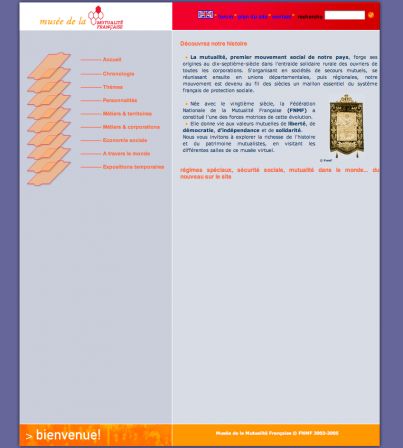
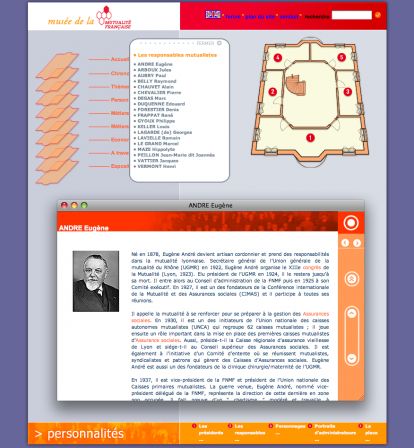
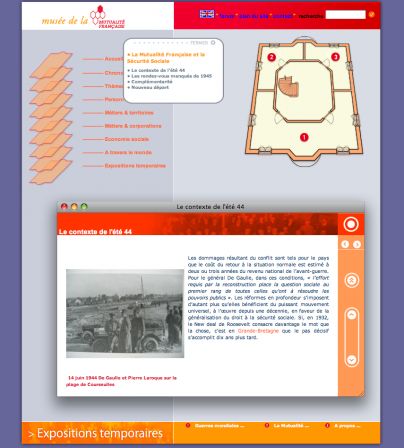
For its 125th anniversary, the brand offers a virtual walk through a half showroom, half shopping place dedicated to its by-products, with of course a wall given over to Santa Claus.
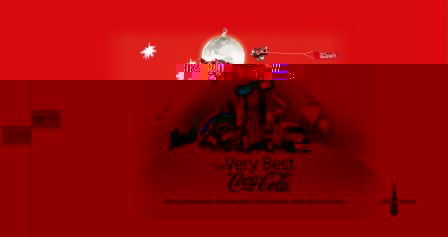
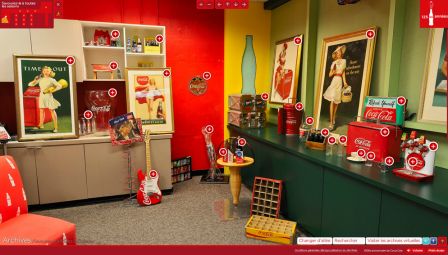
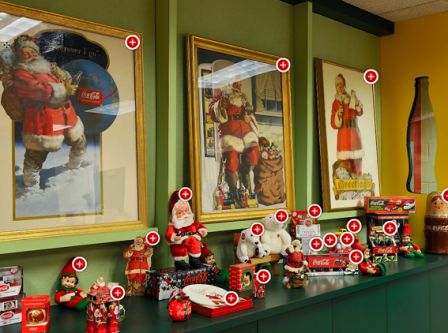
Citroen proves it did understand the concept of virtual reality applied to the museum. So it goes off the beaten tracks of classical exhibitions to offer a giant wall of pictures. Some great themes open the door to many subjects. For each selected “board”, a window opens on a short text and a video.
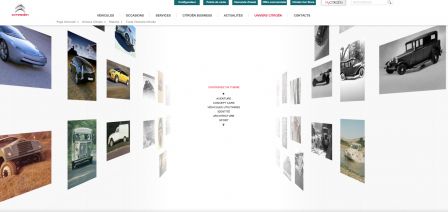

- BMW art car: http://www.bmw-artcartour.com/
LThe brand keeps highlighting its Art Cars. The site is small but very attractive.
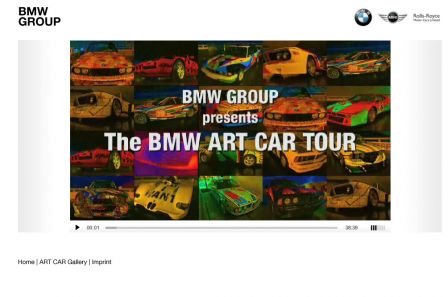
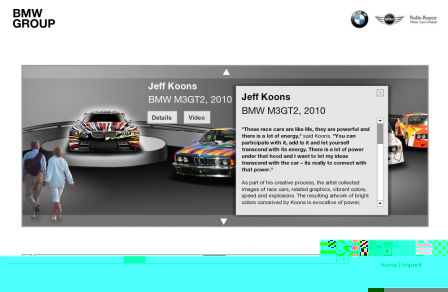
Other brands went further on in the realization of their virtual museum:
This Virtual Museum was launched at the MoMa, in New York, live on YouTube, on December the 5th, 2011. Anne Hathaway was presenting the event. The launch was a kind of revolution in the fashion world, but not only. This Virtual Museum offers 5.000 archive images, 18 exhibition spaces, 200 fashion shows videos. All in all, it traces 50 years of the Couturier’s career. Giancarlo Giannetti, Valentino’s long-time partner and project initiator, specifies that two years of work and “a lot of money” (ie: several million dollars) were needed.
But this museum is not a website: it is actually a “stand alone” application to load on your desk. The revolutionary aspect of this application offered by Valentino is that it allows a visit through his archives, with all the advantages of a bricks-and-mortar museum and the advantages of virtual reality: you get there whenever you want, from your computer (ie: wherever you want). During the visit, you are alone, not bothered by the head or the remarks of another visitor and it is free.
The red cube is the symbolic entrance into Valentino’s universe. Put on your headset, enter: full immersion guaranteed!
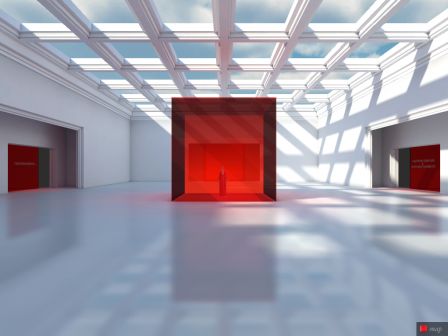
The application offers to really walk along the corridors of a huge space (more than 10,000 square meters would have been necessary to build it for real). ?Everything is black or white, reflections give some magic depth to images. And the ceiling is a glass roof that allows a lovely blue sky with a few white clouds to be seen, for you to be deep in the sweet pace of Roman life. You can go through the rooms as you want, see the details of the exhibited dresses, access to sheets or videos.
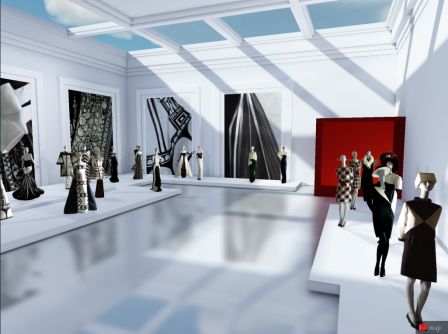
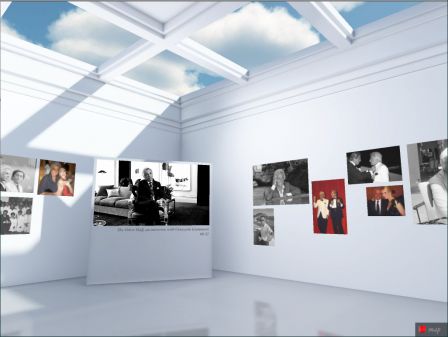
Valentino merely regrets that the dresses, on dummies, are static while dresses are lively with women’s movements. That’s why, for him, videos were absolutely necessary.
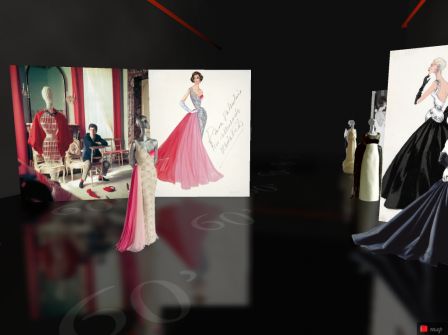
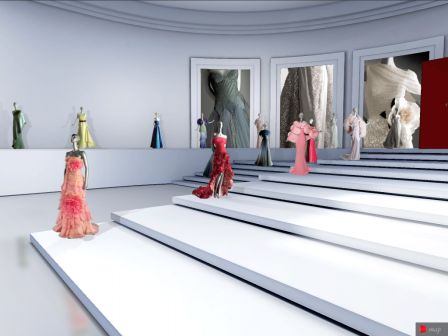
The visitor can choose to get lost in the rooms and corridors or to look for precise information. Because the architecture of the application has left nothing to chance:
– the Couturier unveils his own themes (his tandem with Giancarlo Giannetti, photographers, illustrators, couture themes as well as the traditional red or animal print)
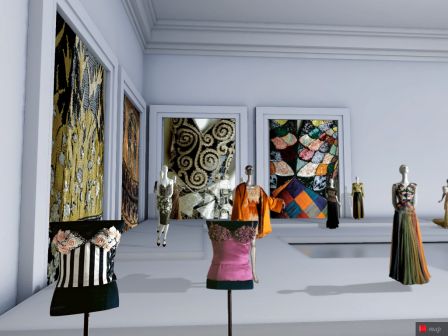
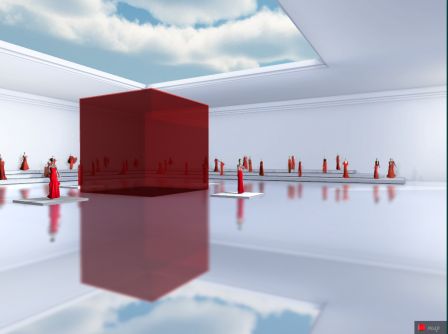
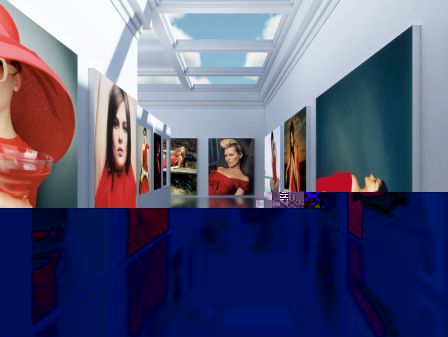

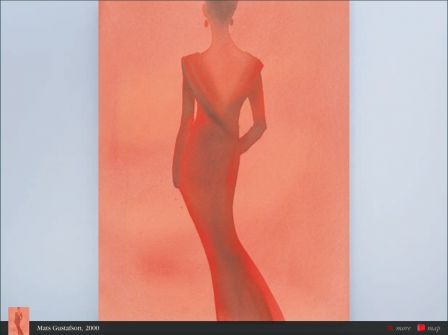
– you can also use the museum as a media library, which – well structured – gives access to the whole information, even to linked information (pictures, sheets, stars, etc.)
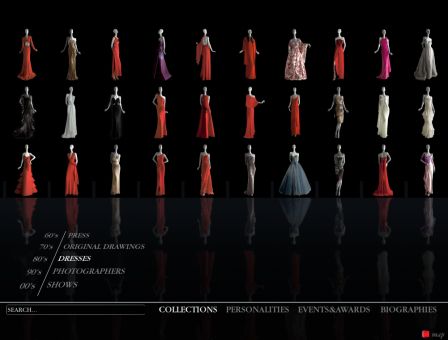
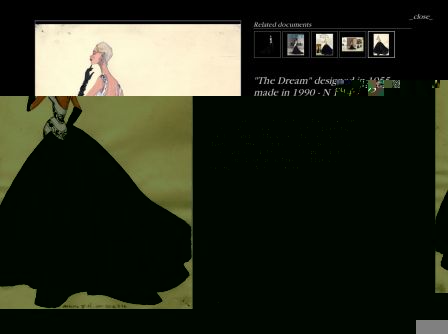
Images, movements and even music or sounds: the museum gives the visitor a true sensorial experience. Here lies the great force of the Valentino Garavani Virtual Museum (hardly treated by the BMW Art Car Tour and Coca-Cola): browsing. The experience is different, more sensory, than the mere visualization of texts and pieces pictured.
Around its history and its famous Reverso, the brand offers a classic but rich museum and something original: the collaborative gallery. Everyone can load his watch picture and write a few words concerning his own story with the watch. And this is how Reverso owners become part of the legend. This sharing will, this interaction are true bonuses brought by the virtuality of a museum. They allow the creation of strong links between the brand and its regular customers.
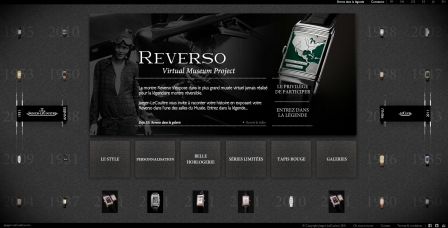

The Valentino Museum, on the contrary, is closed, all the more so with this “stand alone” format. This is a kind of sanctuary of the Couturier’s work, unveiled but protected, shared but proclaimed sacred. Its limit will be the one of time. Will it stay alive if it cannot evolve? Giancarlo Giannetti talked about a blog. Is it really enough?
Let’s rather dream of a possible extension of this application, with updates that would let us discover the creation of new rooms, new themes in link with actual fashions, celebrities’ letters, and other couturiers’ tributes… And to make customers, visitors and dreamers enter Valentino’s museum of the imaginary, why not a visitors’ book?
Be it as it may, the Virtual Museum has many beautiful days ahead, between sharing, history, passion and, of course, self-promotion effect.

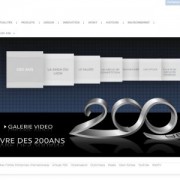

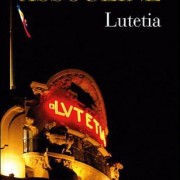
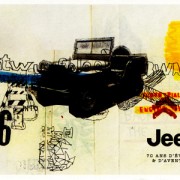
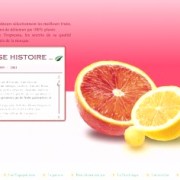

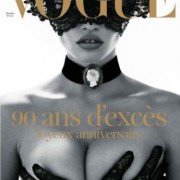
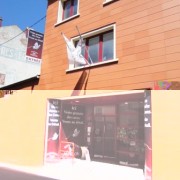


Leave a Reply
Want to join the discussion?Feel free to contribute!